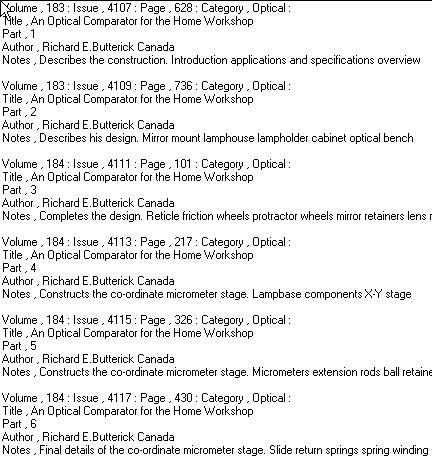Steve, I am going to stick my thumb in this one.
You say your thread being cut turned out to be sharp crested and thin threads.
When you need to cut a thread the top of the thread is flat, this is so it does not bind in the female thread at the crest!
Your thread blank size should be less than the thread stated dia. by some 0.05mm.
If you coat the blank with a black felt tip pen then you can see when you are close to the correct thread form you are cutting.
The tolerance for threads is quite large and a small error in angle is not a big problem unless we are talking about 2 or 3 degrees.
Always have a thread nut at hand to gauge when you are close and finally finish the thread by running the thread nut down to clean it up.
If you are working to very close tolerance then use a thread form tool tip. This will give the correct thread form and you can still check for fit as you go.
I can see no real need of any form of threading tool viewer and in 60 years of machining have never used one.
I think your problem is a thread dimension one and best to review what you are doing, vis a vis thread depths and diameter.
No doubt someone will jump in after me and decry what I deduced from your posting.
Clive
Steve Wan.






